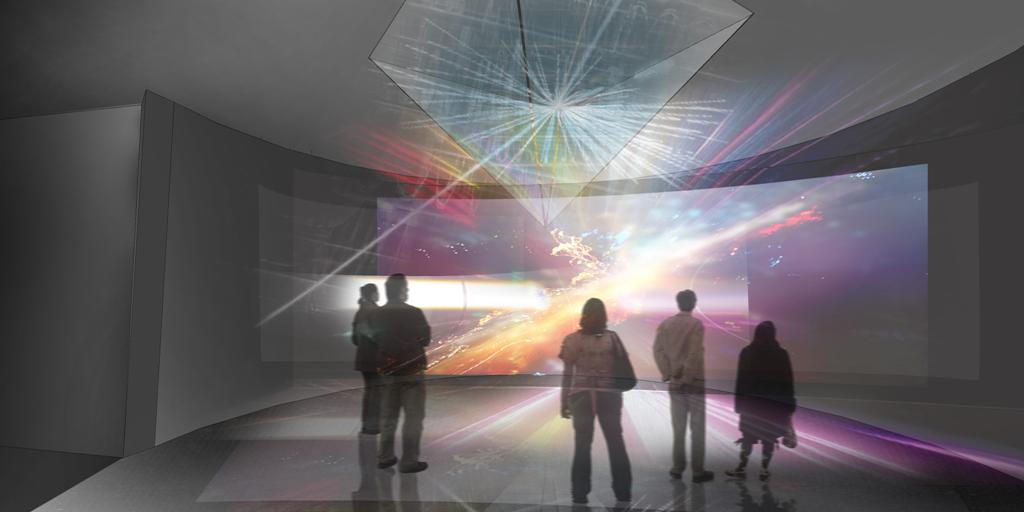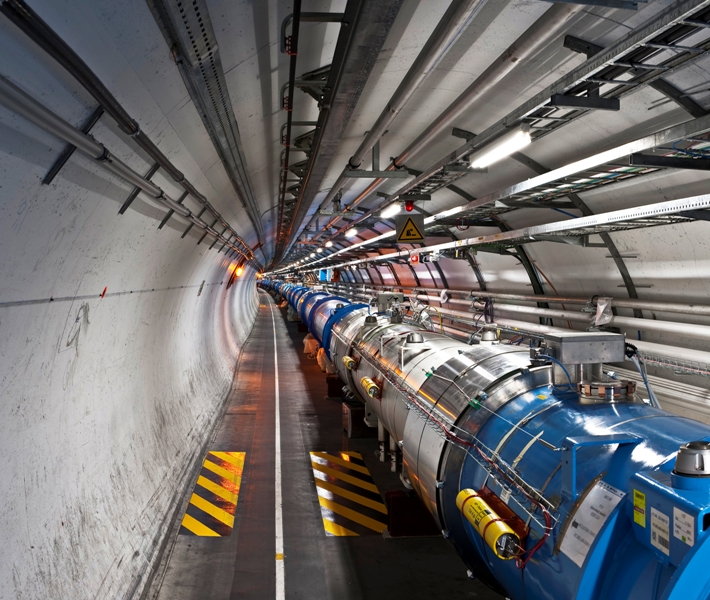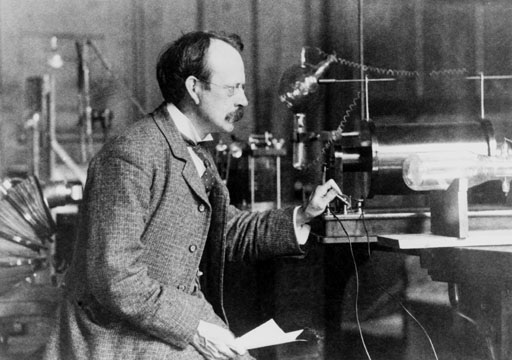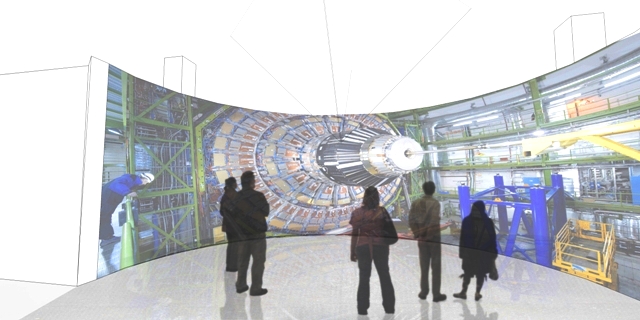By Roger Highfield, Director of External Affairs at the Science Museum Group
Plans are unveiled today for the biggest-ever exhibition in the UK to focus on the Large Hadron Collider (LHC), the world’s greatest scientific experiment, where a 10,000 strong international army of scientists and engineers is exploring the fundamental building blocks of the universe, from the discovery of the Higgs particle to the nature of antimatter.
The King’s College theoretician John Ellis has suggested that the LHC, the most compelling scientific endeavour so far of the 21st century, could inspire a generation in the same way that the Apollo adventure did in the 1960s. That is precisely why the Science Museum is bringing the LHC to the public in its new Collider exhibition, opening in November 2013. Visitors will be transported right into the heart of the 27 km circumference machine – that straddles the border between Switzerland and France – with the help of an award-winning creative team including Nissen Richards Studio, playwright Michael Wynne and video artist Finn Ross.

The immersive exhibition, the result of a unique collaboration with CERN, the European Organization for Nuclear Research, will blend theatre, video and sound art, taking visitors to the site of the LHC where they can explore the Control Room and a huge underground detector cavern, meet ‘virtual’ scientists and engineers and examine objects up-close. “I particularly like the fresh, theatrical approach the Museum is taking to bringing the drama and excitement of cutting-edge science to the public,” said CERN Director General, Rolf Heuer.

For the first time, visitors can get up close with exclusive access to part of the large 15-metre magnets that steer the particle beam, and elements from each of the LHC’s ‘eyes’, four giant detectors housed in caverns around the machine, notably CMS and ATLAS, where collisions take place. They will also be able to follow the story of sub-atomic exploration through the Museum’s collections – on display will be J.J. Thomson’s apparatus which led him to the discovery of the electron in 1897, and the accelerator used by John Cockcroft and Ernest Walton to split the atom in 1932.

When in operation, trillions of protons race around the LHC accelerator ring 11,245 times a second, travelling at 99.9999991% the speed of light. Evidence for a Higgs-like particle was found in the aftermath of the resulting collisions between protons.
Named after the British physicist Peter Higgs who postulated its existence more than half a century ago, and who will help launch the new exhibition with other leading figures, the particle is the final piece of the Standard Model, a framework of theory developed in the late 20th century that describes the interactions of all known subatomic particles and forces, with the exception of gravity.
The highlight of the exhibition, according to Alison Boyle, the Science Museum’s curator of modern physics, will be a 360-degree projection taking in both extremes of the scale of the LHC. ‘We are going to take our visitors from an enormous experiment cavern to the very heart of a proton collision.

Key figures from CERN, such as Professor Heuer, attended a gala ceremony held last month by the Fundamental Physics Prize Foundation at the Geneva International Conference Centre, hosted by Hollywood actor and science enthusiast Morgan Freeman with performances by singer Sarah Brightman and Russian pianist Denis Matsuev. Freeman mused that it was “a bit like the Oscars” and made the best joke of the night when referring to complaints about physicists ‘playing god’: “I have done it twice and I don’t see the problem.’
Yuri Milner, the Russian theoretical physicist turned internet entrepreneur who backs the prizes through his Milner Foundation, said it “celebrates what is possible in humanity’s quest to understand the deepest questions of the universe.”
The evening celebrated two Special Fundamental Physics Prizes of $3,000,000, one for Prof Stephen Hawking, who himself has been the subject of a special exhibition here at the Science Museum, for his discovery of Hawking radiation from black holes, and his deep contributions to quantum gravity and quantum features of the early universe, based on his efforts to combine theories of the very big (general relativity) with the very small (quantum theory). In his acceptance speech, Hawking thanked Milner for recognising key work in theory with what is now the most lucrative academic prize on the planet.
The second special prize was shared by the leaders of the LHC project, CMS and ATLAS experiments from the time the LHC was approved by the CERN Council in 1994: Peter Jenni, Fabiola Gianotti (ATLAS), Michel Della Negra, Tejinder Singh Virdee, Guido Tonelli, Joe Incandela (CMS) and Lyn Evans (LHC), for their role in the epic endeavour that led to the discovery of the new Higgs-like particle.
After they all took the stage Mr Matsuev performed Edvard Grieg’s “The Hall of the Mountain King”, presumably a reference to the great caverns in which the Higgs-like particle was first spotted. The award-winning biographer Graham Farmelo, who has advised on the development and launch of Collider, said it was ‘the most impressive gathering of great physicists for almost ninety years – since Einstein and most of the other discoveries of relativity and quantum theory met at the famous Solvay Conference in 1926’.
The Museum’s £1m Collider exhibition is part-funded by the Science and Technology Facilities Council, Winton Capital Management, the Embassy of Switzerland in the United Kingdom, and is supported by a number of individuals.
One comment on “Science Museum Visitors To Step Into The Greatest Experiment On Earth”
Comments are closed.
This sounds fantastic! I worked on an exhibition at the SCM about the LHC back in 2008, and especially after visiting the site ourselves, visualizing it in an engaging way was the biggest challenge. This seems like the perfect way of getting art to represent science in an experiential and unique way – look forward to checking it out.